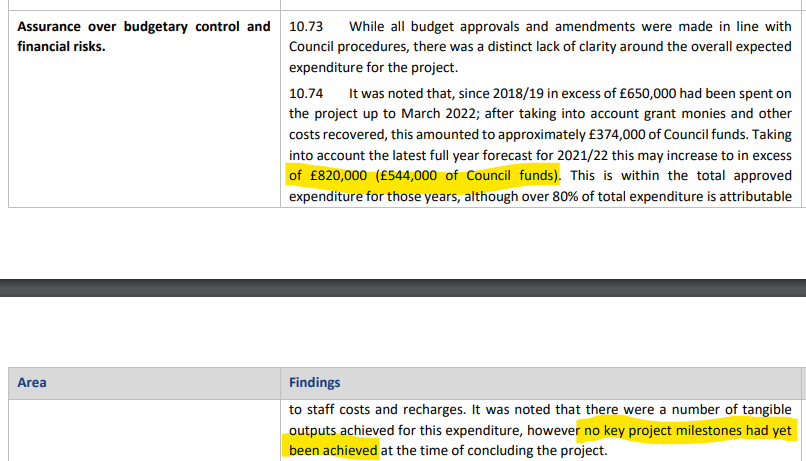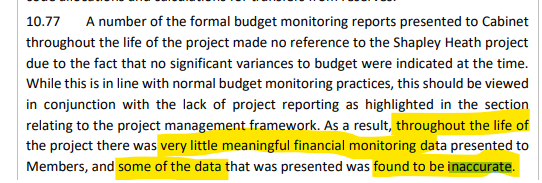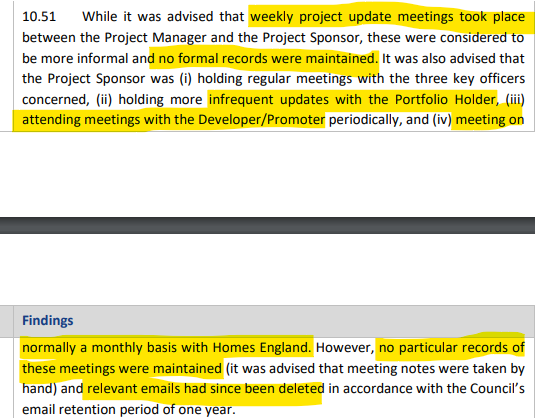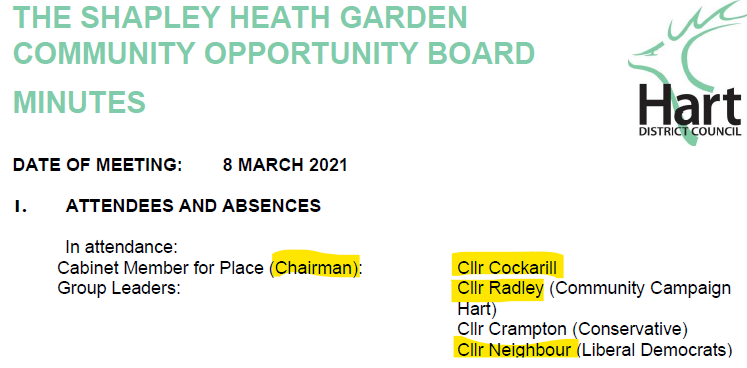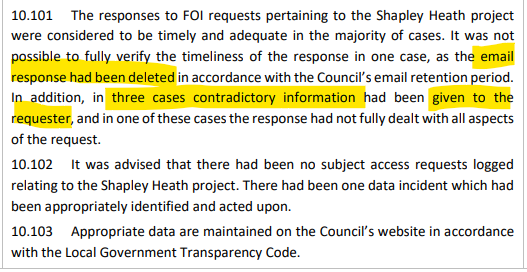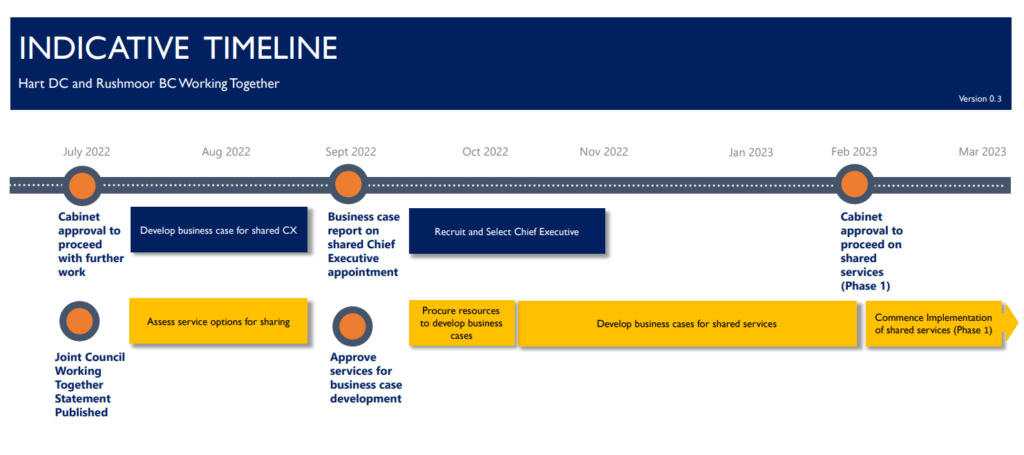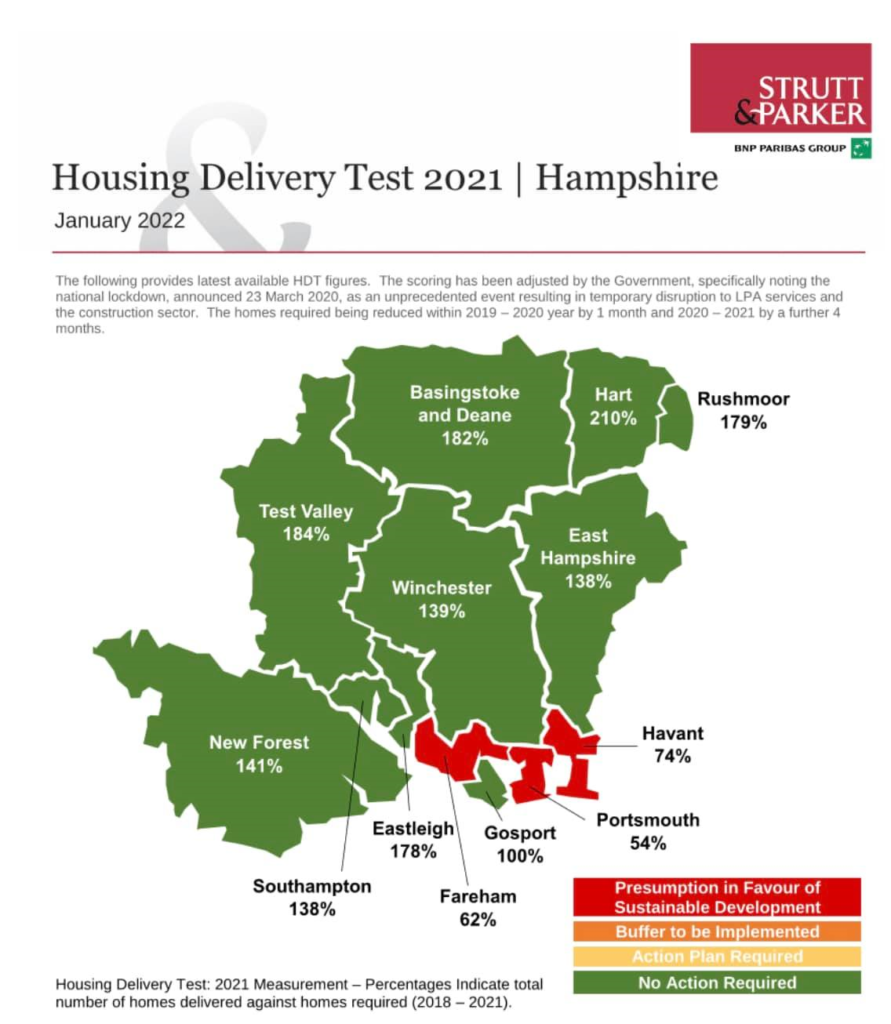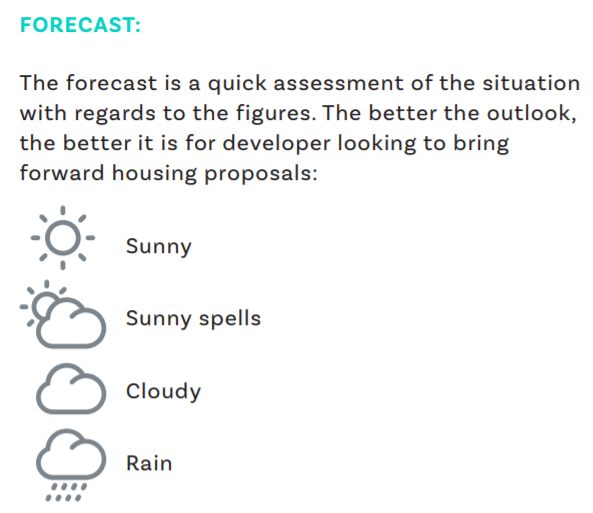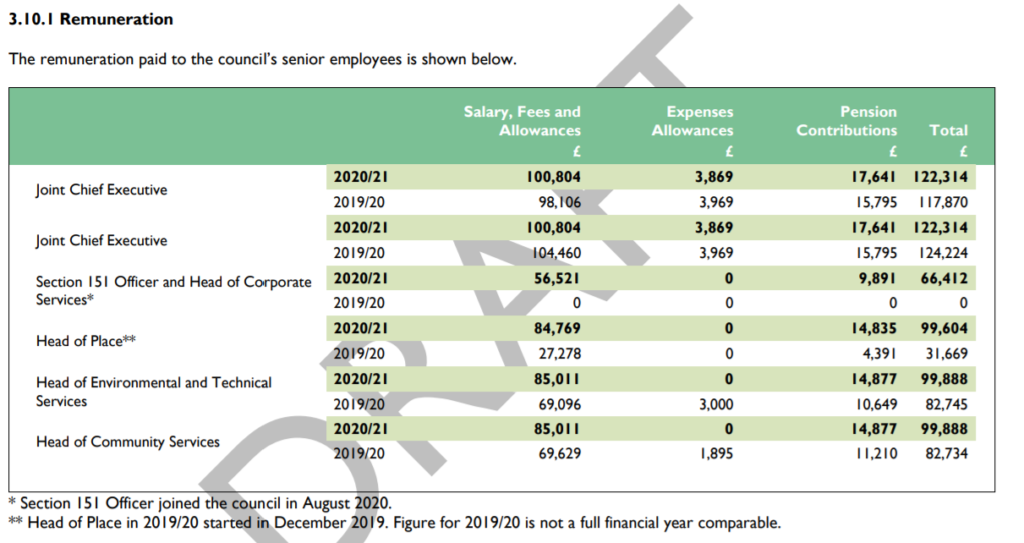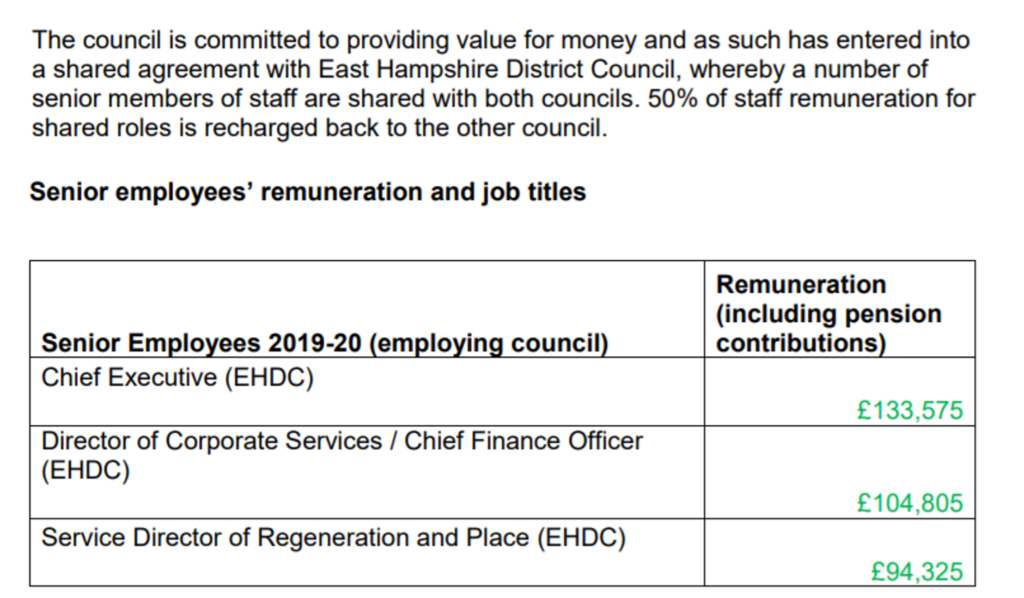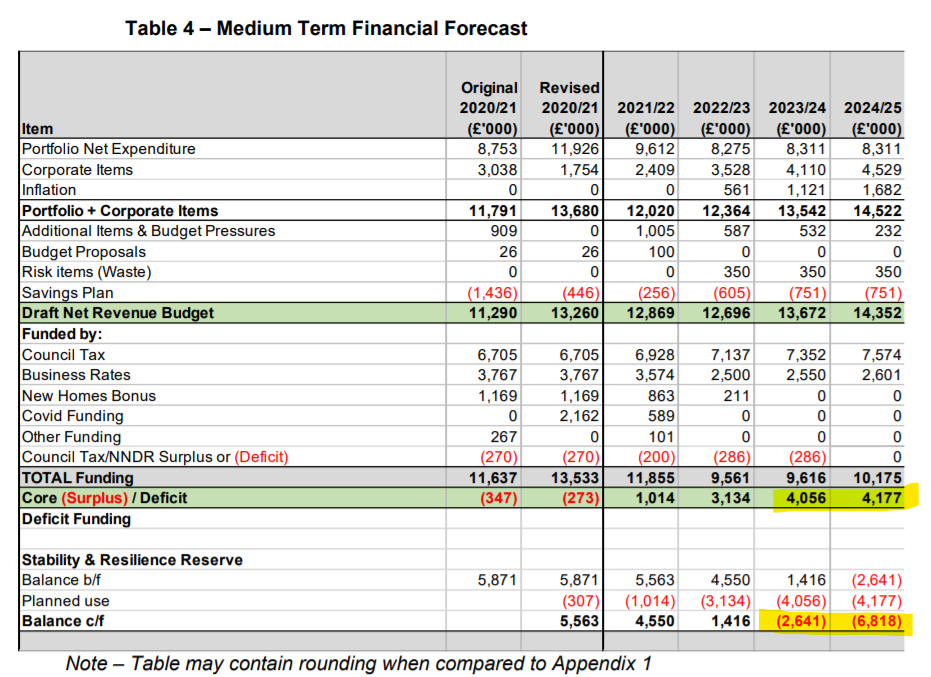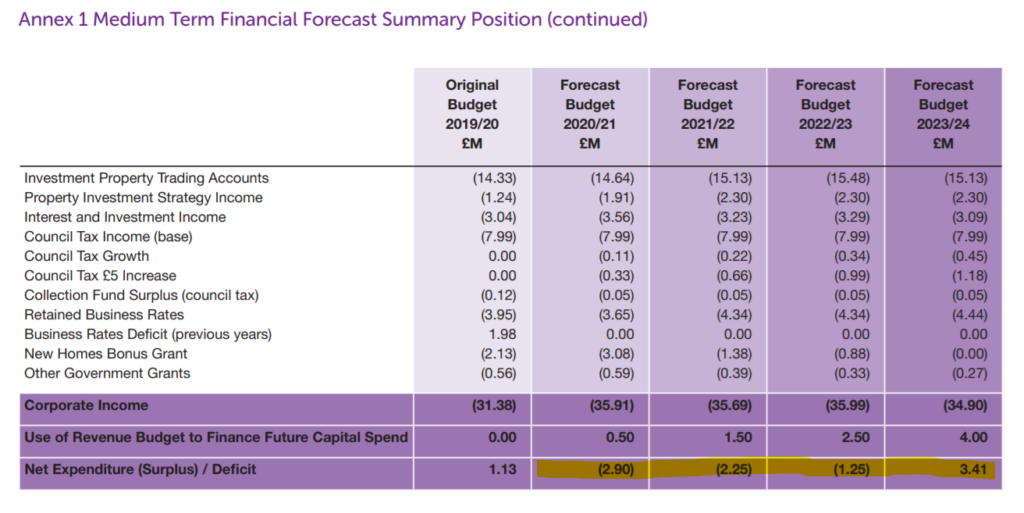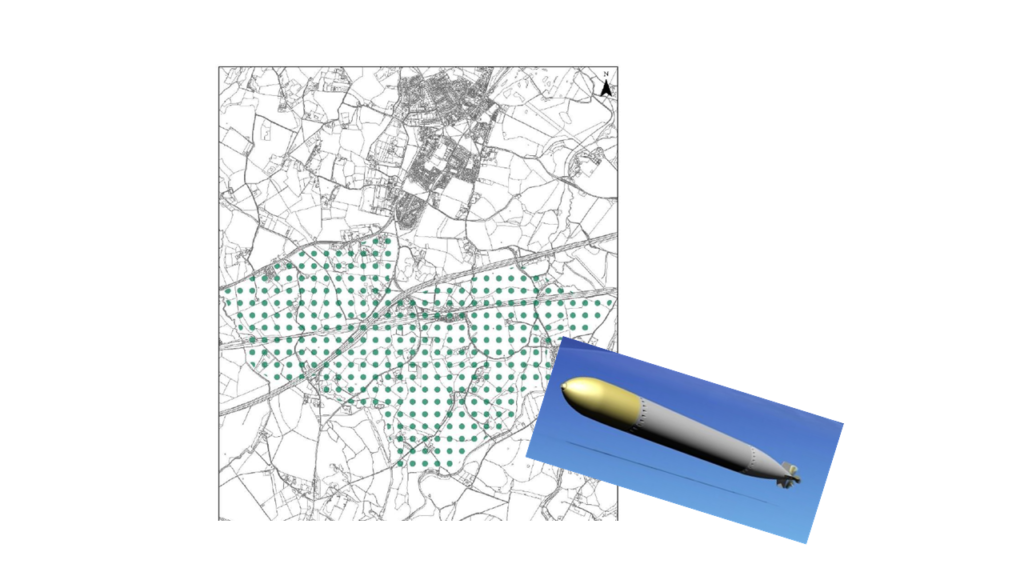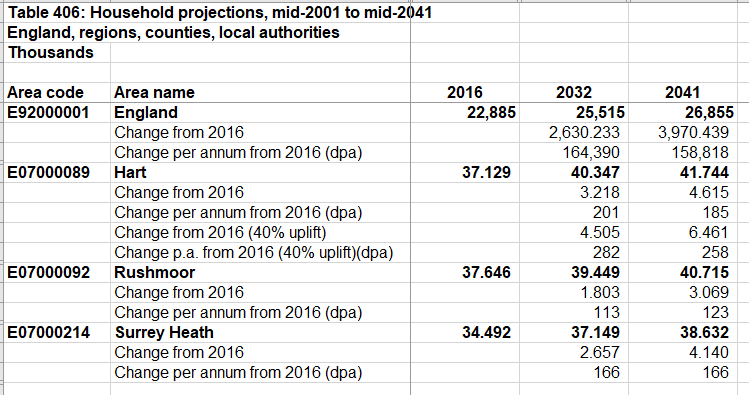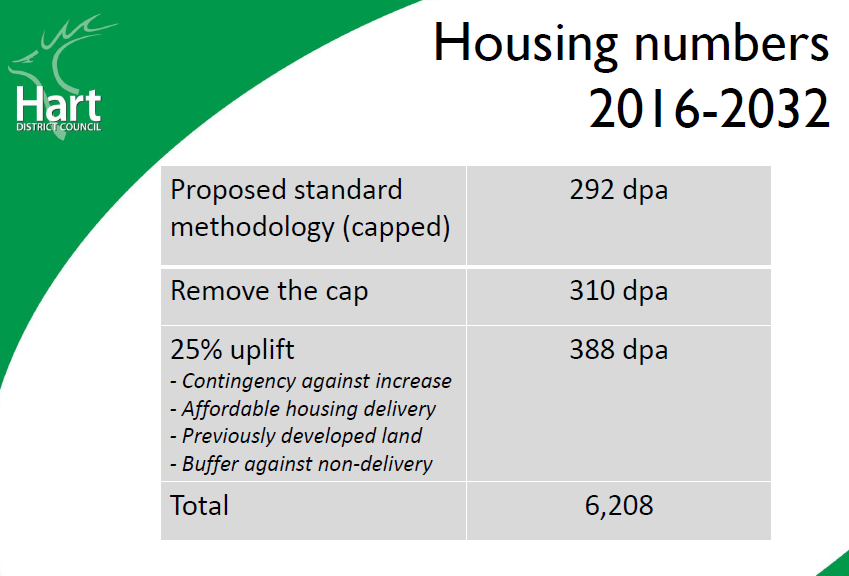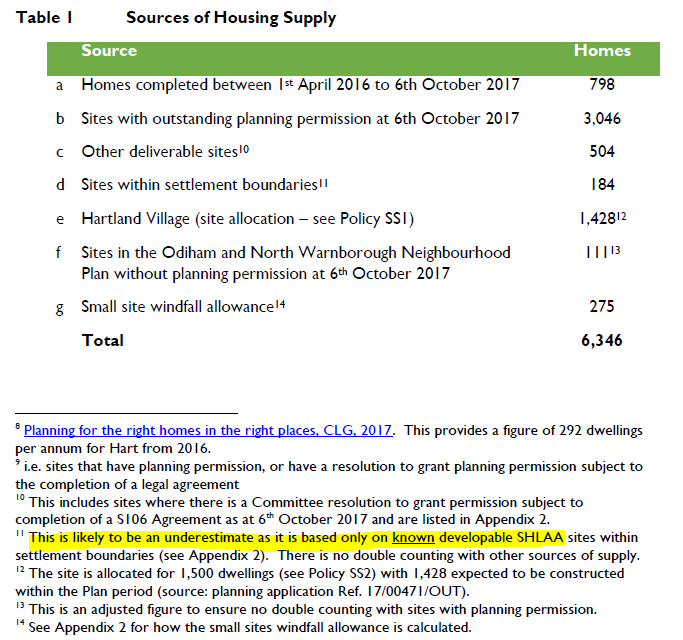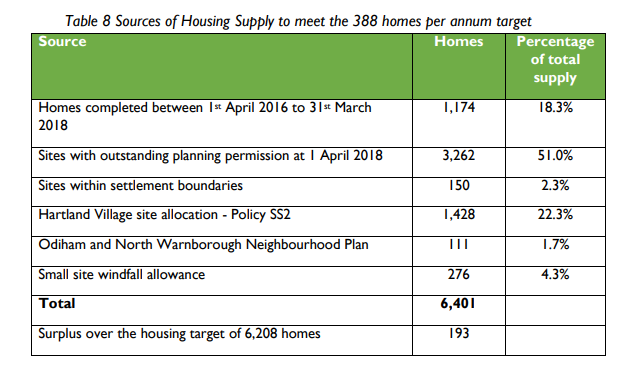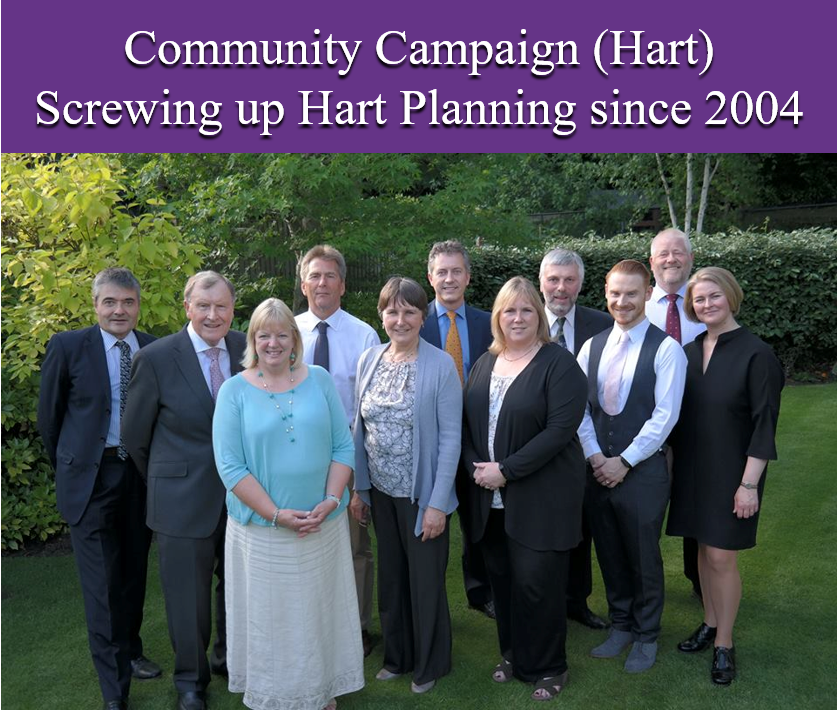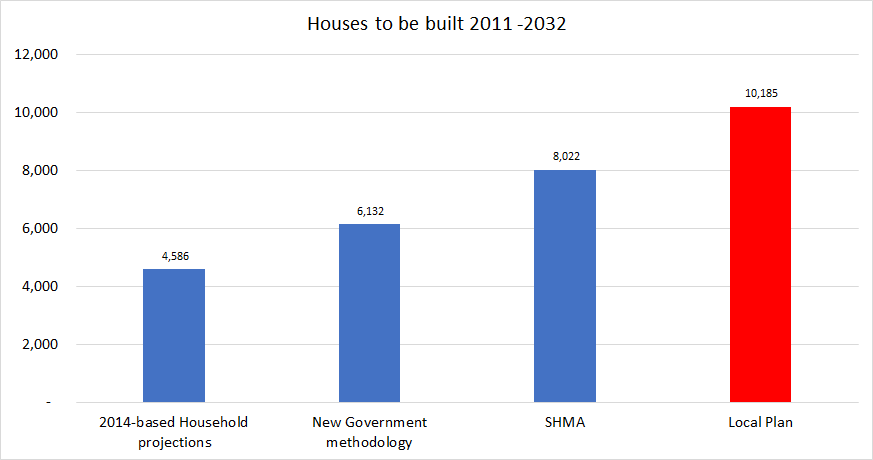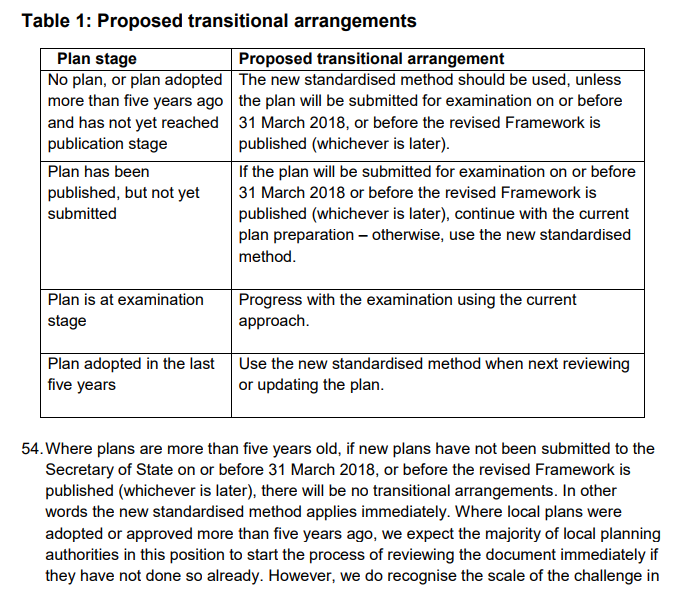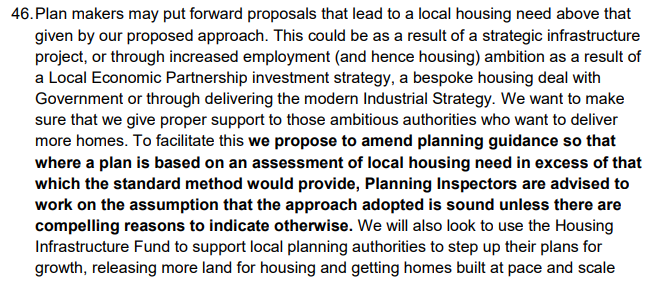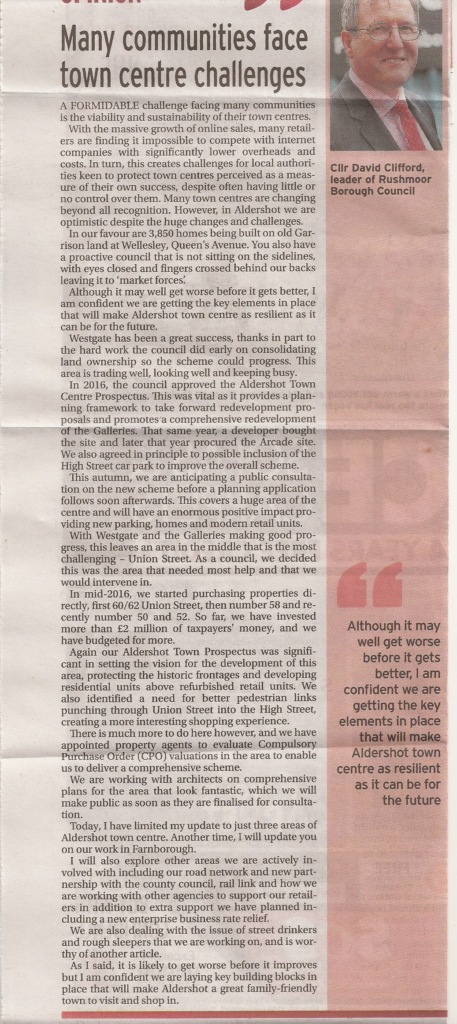And now we know what was going on behind the Shapley Heath curtain. Nothing good. In fact, it’s an omnishambles of institutional incompetence on an epic scale. The people involved have demonstrated that they would struggle to run a bath and couldn’t even deliver pizza.
The Council have been shamed into publishing the Shapley Heath Audit report. It was discussed on Tuesday night behind closed doors and finally published in a news item yesterday. We have uploaded it to this website here, in case it “goes missing” from the Hart website. The findings from the audit report are quite devastating:
- Despite spending ~£820K in total, no project milestones were achieved.
- Most of the tangible outputs produced were by the developers at their own cost.
- No evidence to suggest that the project was financially managed appropriately.
- Little financial monitoring information presented to members and some of that was inaccurate.
- The Project Management did not meet the required standards.
- No formal records of meetings and emails subsequently deleted.
- Project reporting in terms of frequency and content did not meet expectations.
- Little oversight by the Oversight Board and none by the Cabinet.
- Virtually non-existent risk management.
- Procurement rules not fully followed.
- Contradictory information given to FOI requests. Email trails deleted.
We will cover each of these points in more detail below. However, given the damning summary, let’s look at what the consequences ought to be.
Shapley Heath Audit Report Consequences
First, let us remind ourselves of the background to the project. They commenced the project knowing that Shapley Heath had been removed from the Local Plan at the behest of the Planning Inspector. He had said that the new town was not required to meet our planning needs. The project wasn’t necessary.
Now we find that they have squandered hundreds of thousands of pounds and delivered nothing of substance. They claim that some baseline studies have been produced, but as the audit report makes clear, these were funded by the developers. The actual public money has delivered nothing other than a now defunct website and a survey. The results of the survey showed overwhelming opposition to the project.
Now let’s move on to who were the key players. The project was managed under “Corporate Services” and covered material that included “Place”. The chair of the Opportunity Board was Councillor Graham Cockarill, portfolio holder for Place. Of course, Deputy Leader James Radley is also the portfolio holder for Corporate Services, including Finance.
Ultimately, elected members should be accountable for the failures in their respective portfolios. It is clear that between them Councillors Cockarill and Radley did not ask the right questions and did not convene the right meetings to keep on top of (the lack of) progress. Accordingly, given the shocking failures in project management and the colossal waste of our money, we believe both these Councillors should resign their positions. The situation is so serious, given the amounts of money involved, that we believe the Leader of the Council, David Neighbour should also consider his position.
The Chair of the Audit Committee, Councillor Axam also resisted the audit of the Shapley Heath project. This shocking lack of curiosity and desire to understand how their biggest project was performing shows he is unfit to lead the Audit Committee and he should resign too.
The relevant officers should also consider their position. Ultimately, JCX, Patricia Hughes was directing the project on a day-to-day basis. It is unthinkable that she be considered for the position of Chief Executive of the joint working between Hart and Rushmoor. The project manager running the project should also consider her position.
We can’t have a situation where nobody takes responsibility for a failure on such a massive scale. Institutional incompetence barely covers the scale of ineptitude.
Project Spending Out of Control
There are a number of points made about the level of spending. Most notably, total spending is expected to be over £820K and no project milestones have been achieved.
The auditors could find no evidence that this huge level of spend had been financially managed appropriately.
All of the baseline studies were procured and funded by the developers. This means that none of the £820K was spent on these reports. Most of it was spent on internal resources and recharges. In summary, they have squandered £820K, delivered nothing and were not properly managing the finances.
Little meaningful financial information was presented to members and some of that was inaccurate.
Inadequate Project Management Standards and Reporting
They did not meet the Council’s own project management standards. No standard documentation of risks, issues or budgeting were used.
No formal records of meetings were kept, including meetings with the developers and Homes England. Emails have been deleted in line with the Council’s retention policy. Perhaps they were hoping they would be exonerated of wrong-doing if all the evidence had been deleted.
The standard of reporting was limited in terms of frequency and content. There was very little oversight at the Board level.
Note also that the board was chaired by Councillor Cockarill and Councillors Radley and Neighbour were in attendance. The senior leadership of the Council were clearly not doing their jobs properly.
There was no internal Project Board reviewing risks or issues. The oversight of risk management by the Corporate Project Board and Opportunity Board was insufficient throughout the project. Nobody took responsibility for managing the risks of spending so much of our money.
Shapley Heath Audit shows Procurement Rules Were Not Properly Followed
The report showed that the procurement rules were not properly followed. Multiple documents had not been signed. There was a lack of an audit trail for evaluation panel and delays in publishing contract award results.
FOI Responses Gave Contradictory Information
They gave contradictory responses to FOI requests and email trials have been deleted. Surely, the email retention policy should not mandate the deletion of all emails older than 1 year. The Council will have no record of long running disputes with suppliers and so on, which would limit its evidence base in the event of legal action.
It’s time for heads to roll.
